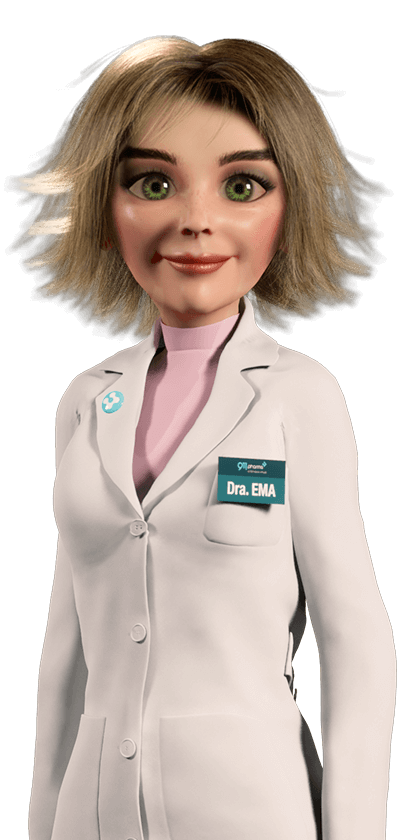Post childbirth
Baby hygiene - every care, every pampering
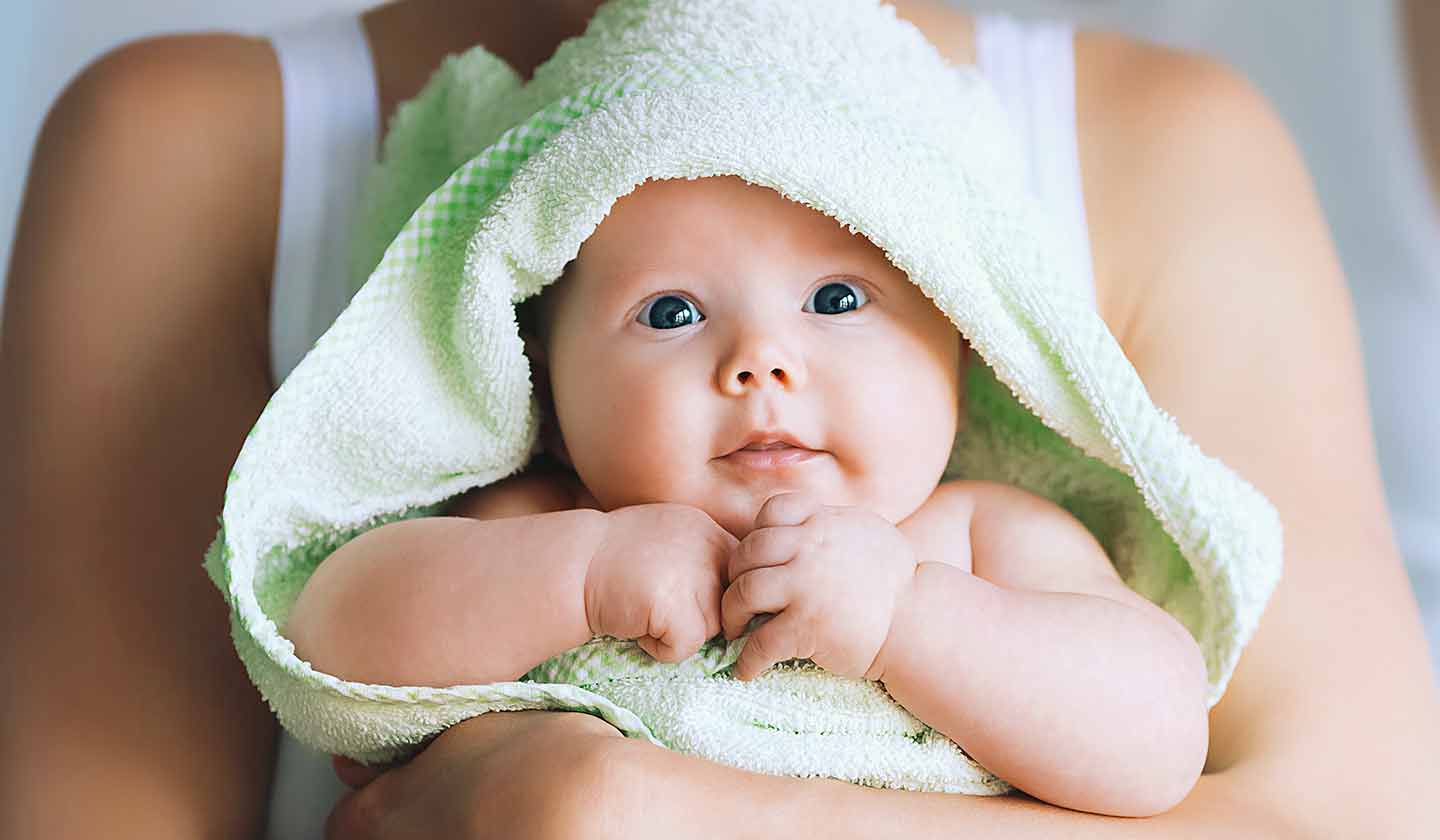
The birth of a baby is a unique moment in the life of every couple, and despite the difficulties associated, especially if it is a first child, such a moment must be lived intensely.
Several new activities are now part of the parents’ everyday life, with the baby’s hygiene being undoubtedly the one that leaves parents more anxious as it can be somewhat complex in the very first days. Let us look at some tips that can be important to overcome these difficulties.
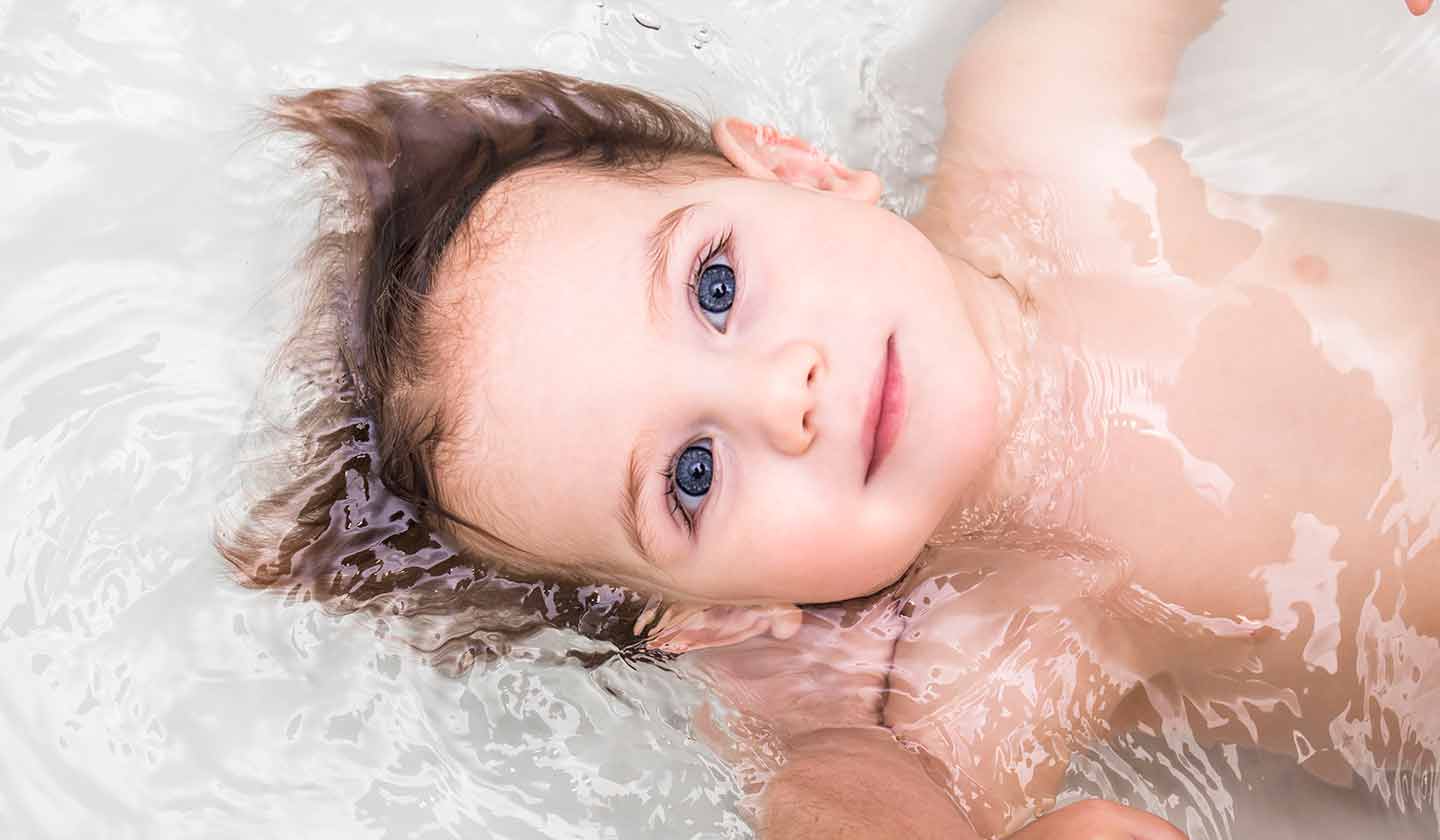
Bath time
Your baby should take a daily bath and preferably during the warmest part of the day, between 11 a.m. and 3 p.m., in draught-free environment and near the place where you going to dress him/her. Once the schedule is set, it should be kept as a routine. Prepare all the material for the bath in advance (towels, clothes, nappy and hygiene products).
As for the water temperature, it should be at 36 ºC. You do not need to use a thermometer to check. Just place your fist or elbow in the water, which should feel warm. After undressing your baby, remove the nappy and clean the bottom and genital area with a piece of damp cotton wool, outside the bathtub. Then, put the baby into the water and start the bath.
Using a soft sponge and neutral soap (e.g. glycerine), wash the baby’s hair first, then its face, torso, arms, belly, genital area, legs, and feet. Do not forget the folds in the baby’s neck and armpits and do not rub the soap directly on the baby's skin.
After the bath, take care to ensure that all skin folds and creases have been dried well, especially the navel. Be mindful not to rub the towel over the skin, instead pat the baby dry. Use rounded tip scissors to trim the baby's nails to avoid baby face scratches. Also, do not forget to cut your nails too to avoid scratching your baby.
Watch out!!! Do not use cotton swabs in your baby's ears and do not use baby powder, colognes or perfumes which are not hypo-allergenic (check the bottle label).
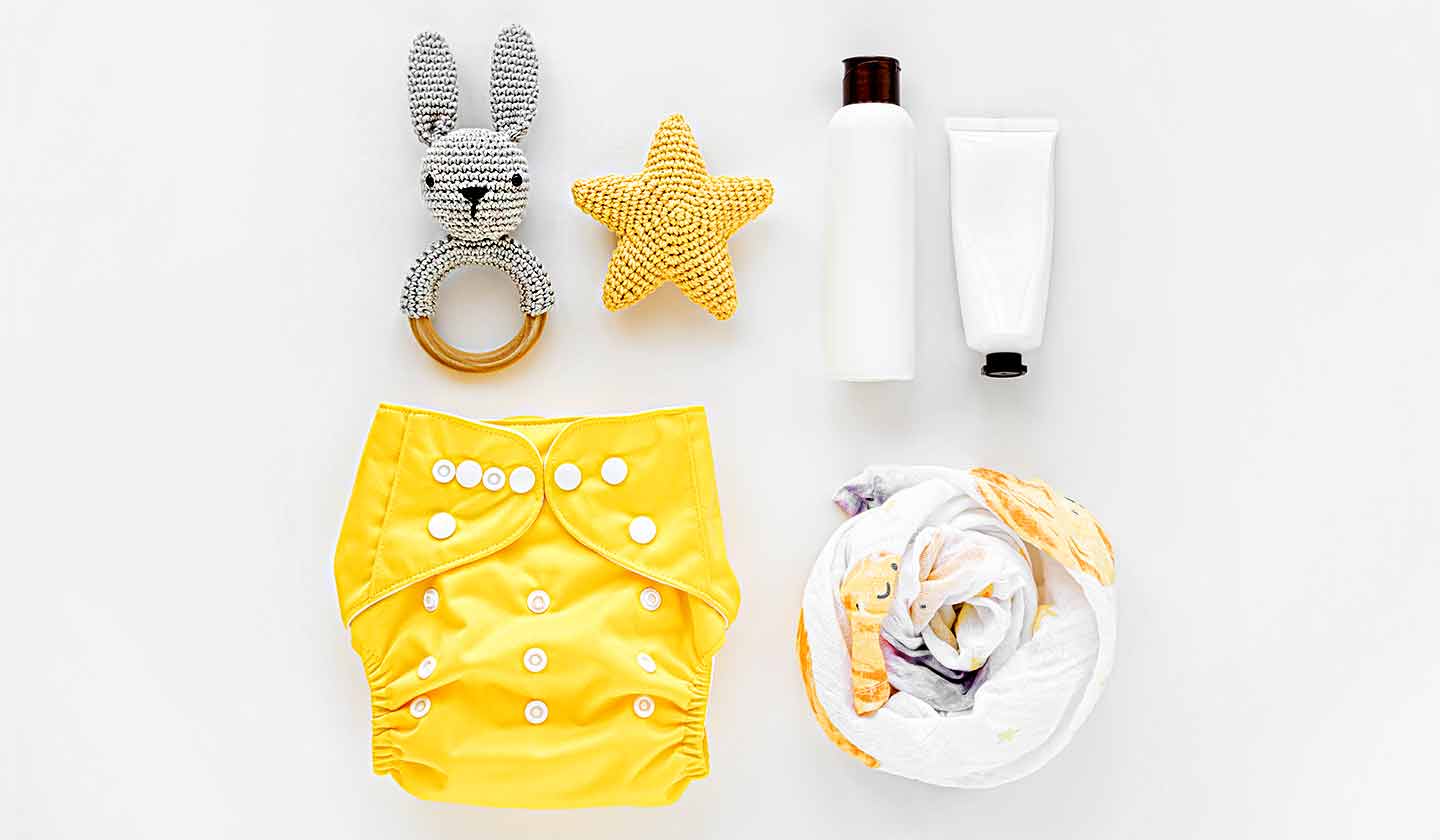
Nappy time change
Change nappies whenever necessary and do not skimp, as this reduces the risk of nappy rash. If you use cloth nappies, always wash them with neutral soap (for instance, glycerine). Baby girls must be wiped from front to back, to avoid wiping bacteria a from their bottom into their sensitive genital area and thus, avoid risks of vaginal infection.
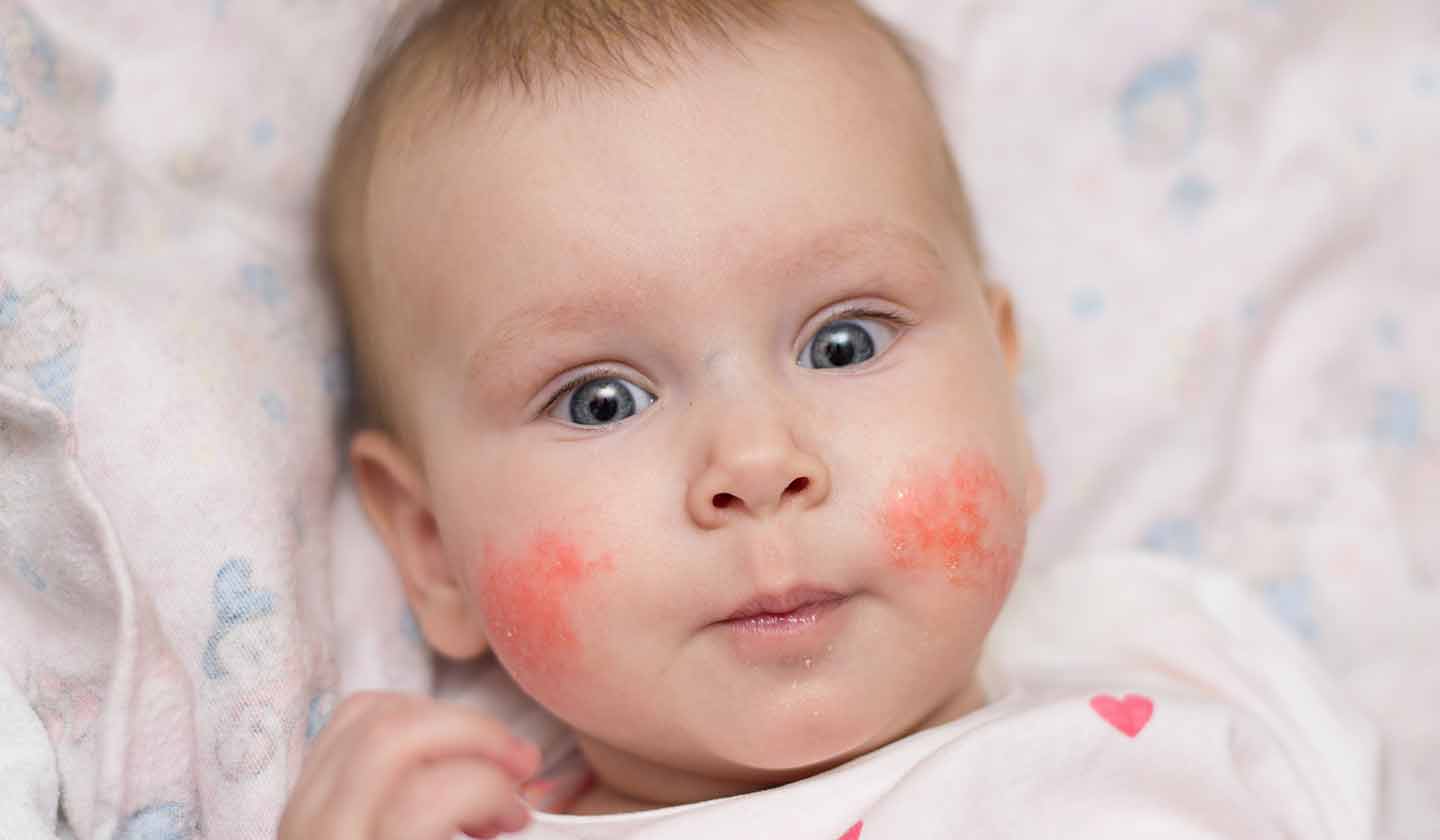
Baby skin care
When a baby is born, his/her skin is necessarily more sensitive. Therefore, and in the first place, care must focus on skin protection. In this context, hygiene is essential to prevent complications. Let us look at the most common doubts on this topic.
What are the most frequent skin problems?
The most common situations are nappy rash, or nappy erythema, cradle cap and other eczemas, which usually appear on the face, hands, and more sensitive areas of the body, such as the groins, armpits, and limb folds.

1. Nappy rash
What are the causes?
Nappy rash is mainly caused by sensitivity to some foods and medicines, contact with animal hair or domestic dust, wearing a wet or dirty nappy for too long, which can cause irritation in the referred regions.
How to treat it?
Use nappies that are appropriate for your baby's size and weight, change them frequently and always dry your baby's skin after bathing. Keep the baby’s skin well hydrated and use suitable protective creams.
In addition, try not to use hygiene or laundry detergent products containing alcohol or perfumes, and apply an ointment with zinc oxide and vitamin A to the affected area.
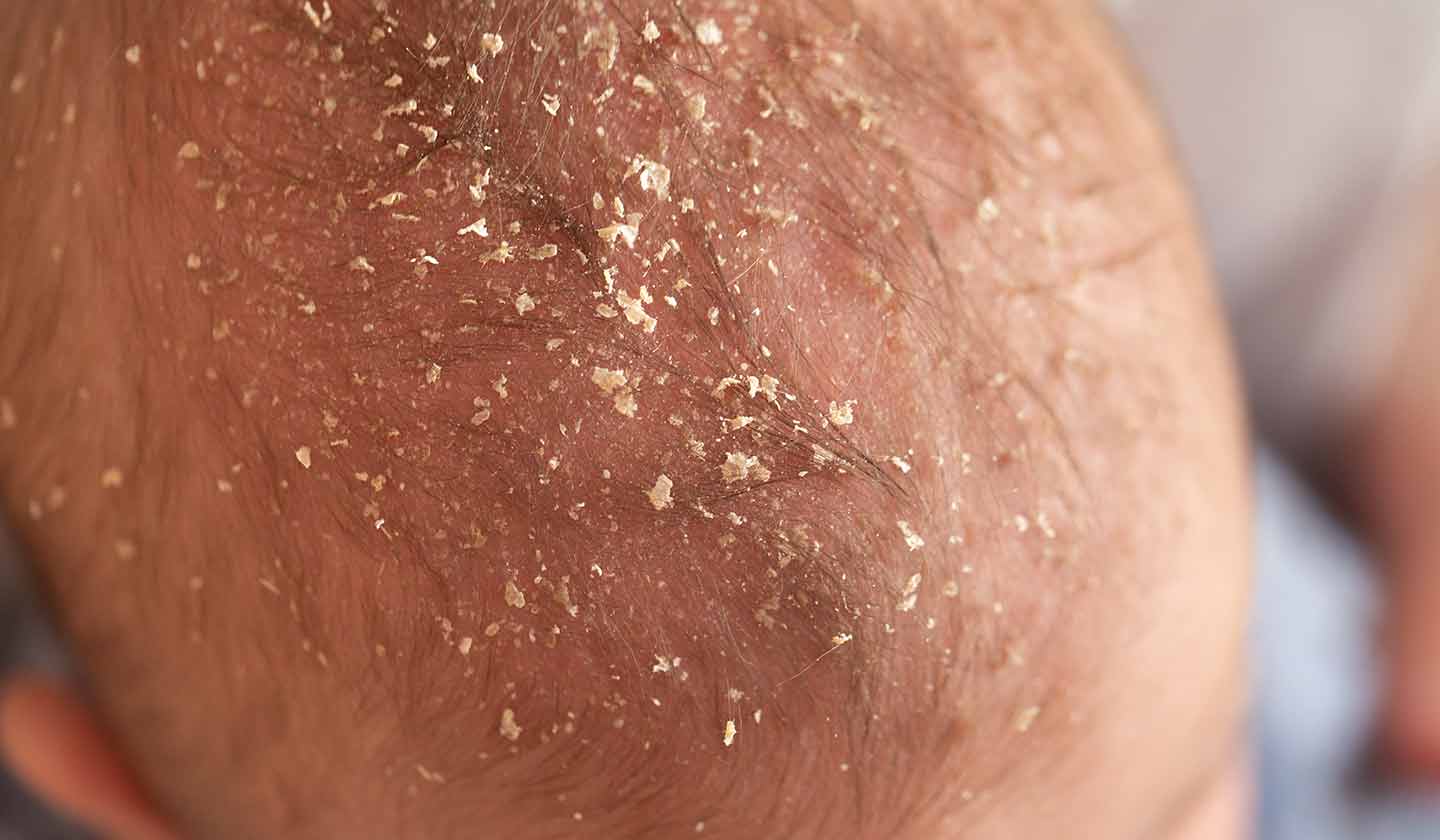
2. Cradle cap
What are the causes?
The so-called cradle cap, a type of seborrheic dermatitis, is quite common in babies. It is an inflammatory skin disease that causes peeling and redness - especially on the scalp, although it can appear on other parts of the body. It usually occurs in the first weeks of the child's life and tends to disappear before the first year. It is associated with skin immaturity.
How to treat it?
In the case of cradle cap, it is recommended to use vegetable oil, applying it to the peeling area before the baby goes to sleep and washing it with neutral soap - use a fine comb to clean the hair if the problem is in the scalp.
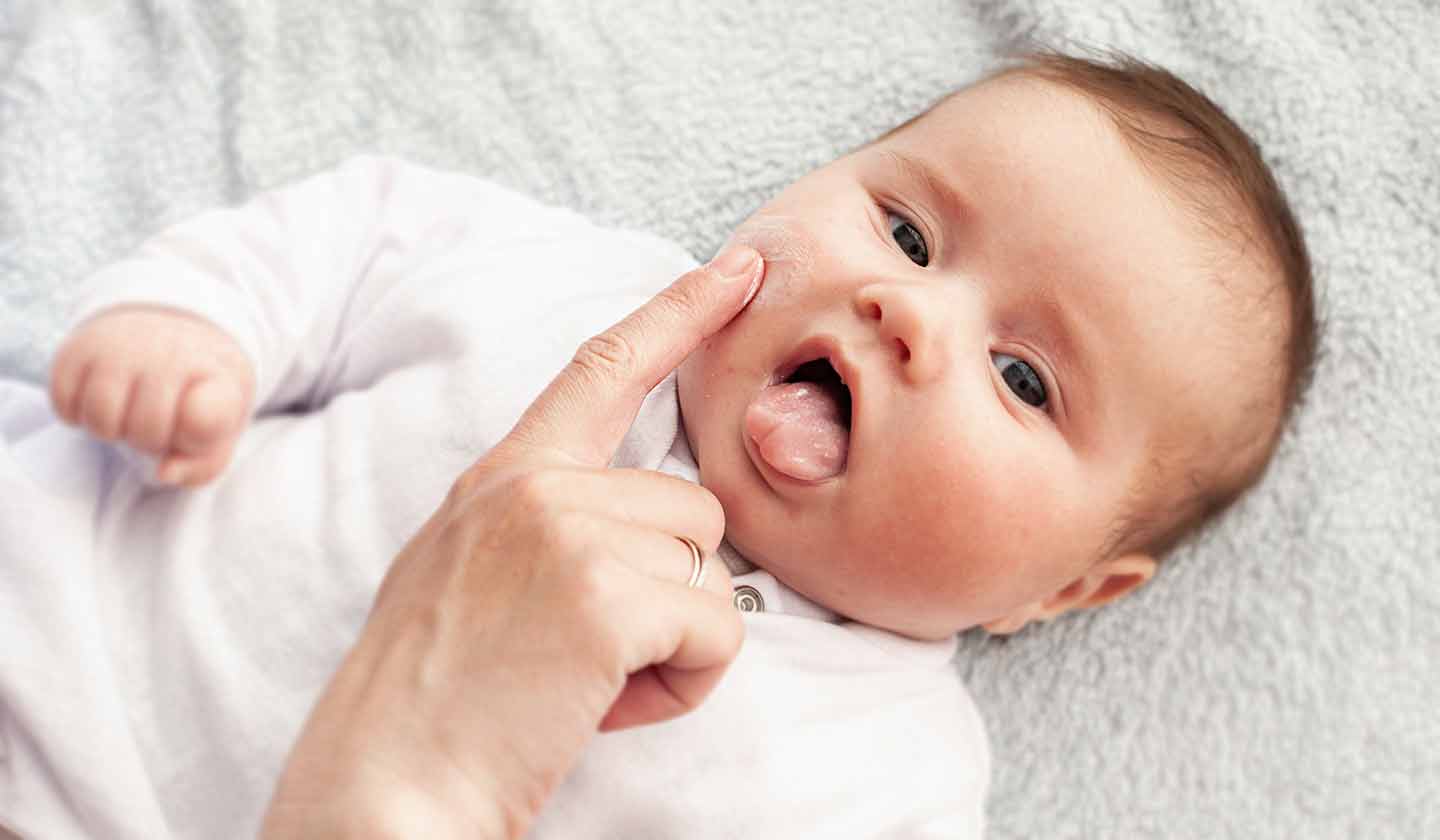
3. Atopic dermatitis
What is that?
The term "atopic" comes from the Greek word for "strange", the term "dermatitis" means inflammation of the skin.
Atopy is a personal or family tendency to manifest hypersensitivity reactions.
Atopic dermatitis is a chronic, non-contagious skin disease that arises from an inflammation of the skin. Therefore, this means that your child is more susceptible to develop a reaction to an external stimulus that triggers the crises represented by the altered aspect of the skin.
This greater susceptibility arises from a failure in the immune system, which your baby may have been born with and which causes the skin to overreact to common external aggressions. Thus, when an external agent (e.g. air, climate, food) interacts with your baby, the body does not have a protective barrier with the same characteristics as a non-carrier of this disease and, consequently, may develop specific antibodies (“warriors” that defend your child's organism against this external agent).
Finally, these “warriors”, in order to protect the baby's body, will trigger an inflammatory response and this response causes the characteristic symptoms, which are expressed by changes in the skin.
How to treat it?
There is still no cure for atopic dermatitis, but there are treatments that can control the condition of your baby's skin, and you should always take special care after the first crisis to avoid or delay the next crisis as much as possible.

António Hipólito de Aguiar
(Pharmacist; University Professor)
Também lhe poderá interessar
Dermatology
The almost inevitable nappy rash
Dermatology
